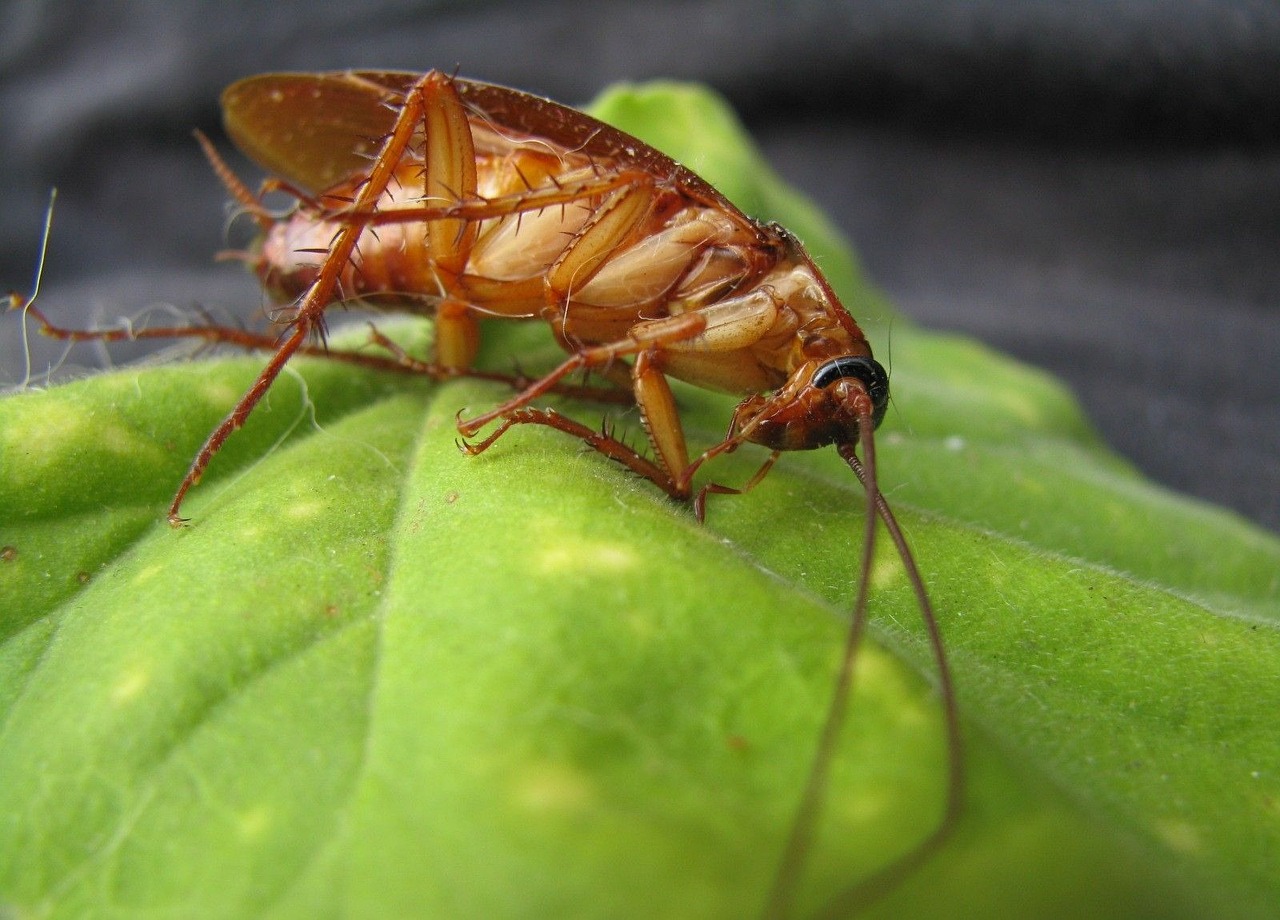The battle against household pests is one that most homeowners have faced at some point. Whether ants are invading your kitchen, spiders are in the basement, or roaches are in the bathroom, pests can be a nuisance and even a health hazard.
That’s where pest control professionals come to the rescue. However, adequately preparing your home is essential to ensure their treatment is as effective as possible.
Understanding the Treatment Plan
Before the pest control technician arrives, take the time to understand the treatment plan. Pest control isn’t a one-size-fits-all solution. Different pests require different approaches, so ask your service provider for specific details. Knowing what to expect will help you prepare better.
Deep Cleaning
A clean home is less inviting to pests. Vacuuming, dusting, and wiping down surfaces remove potential hiding spots and eliminate food crumbs and spills that attract pests. Pay special attention to kitchens and bathrooms, as these are common trouble spots.
Storing Food and Kitchen Utensils
Pest control treatments often involve the use of chemicals that can contaminate food and kitchen utensils. To prevent this, store all food items in airtight containers. Additionally, pack away your kitchenware temporarily until the treatment is complete. Don’t overlook pet food and water bowls; they should also be removed or stored securely.
Moving Furniture and Large Appliances
Before the exterminator arrives, move furniture and large appliances away from the walls. This allows the technician to reach baseboards, corners, and other hiding places.
Securing Pets and Children’s Toys
During the treatment, it’s essential to ensure the safety of your pets and children. Remove pets from the house or keep them in a secure area if possible. For children, pick up and store toys, and consider covering baby cribs or beds with sheets to protect them from chemical residue.
Covering Electronic Devices and Appliances
Some pests may require the use of chemicals, which can be harmful to electronic devices and appliances. Cover these items with plastic sheets or move them to a safe area.
Preparing the Exterior
Pest control isn’t limited to the interior of your home. Trim back vegetation that touches your house, clear gutters, and remove any standing water in your yard. These steps help prevent outdoor pests from finding their way inside.
Notify Your Neighbors
If you live in close quarters, such as an apartment complex, it’s considerate to inform your neighbors about the upcoming pest control treatment.
Plan Your Absence
Depending on the type of treatment, you may need to vacate your home for a specified period. Make arrangements for a place to stay during this time, and consider your family’s comfort.
Post-Treatment Care
Once the pest control treatment is complete, follow the instructions provided by the exterminator for aftercare. This may include:
- Airing Out Your Home: After the treatment, you may be advised to open windows and doors to allow fresh air to circulate through your home. This helps dissipate any lingering odors from the chemicals used during the treatment.
- Cleaning Up Residue: Depending on the type of treatment, there may be chemical residue left on surfaces. The exterminator might recommend cleaning these surfaces using mild detergents or specified cleaning agents to ensure no residue is left behind.
- Avoiding Certain Treated Areas: To maximize the effectiveness of the treatment and minimize any potential exposure to chemicals, you should avoid certain treated areas for a specific period. This could include avoiding specific rooms or areas where pests are most problematic until they’re safe to return.
These aftercare instructions are crucial for your safety and the effectiveness of the pest control treatment. Always follow the guidance provided by the professionals to ensure the best results.
Conclusion
Preparing your home for pest control treatment is crucial to ensuring its effectiveness. Following these ten steps will make the treatment more efficient and contribute to a pest-free and healthier living environment for you and your family. Remember, effective pest control is a partnership between you and the professionals, and together, you can keep unwanted guests at bay.
